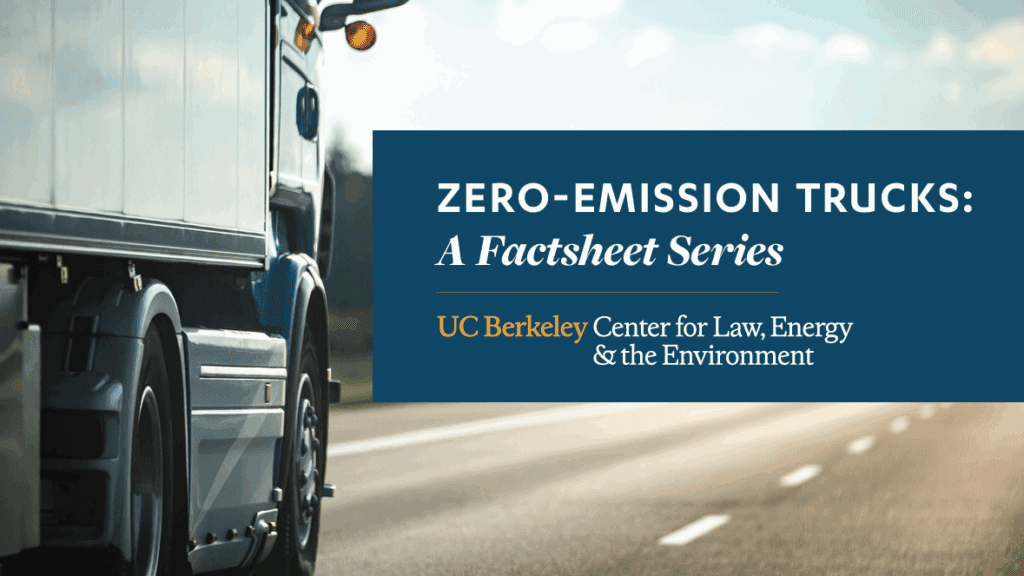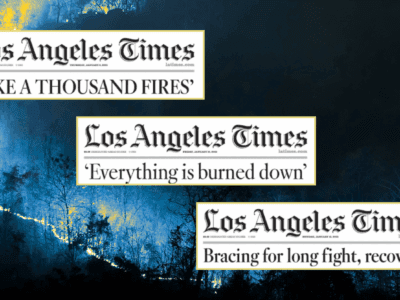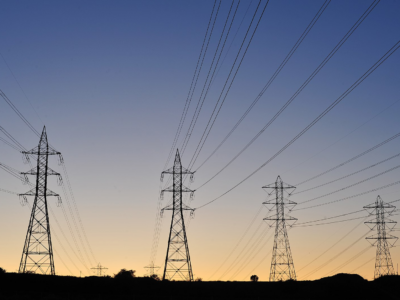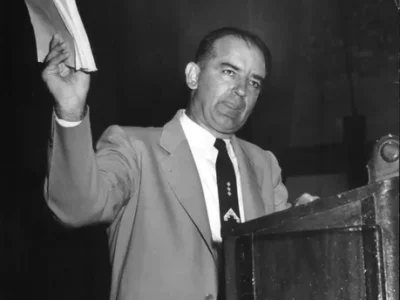Why are California’s Zero-Emission Truck Standards Under Attack?
They are highly effective, as CLEE’s new Factsheet series on Zero-Emission Trucks documents.
The world of zero-emission trucks is at a pivotal moment. On one hand, the technology is rapidly advancing, and manufacturers are producing a growing number of zero-emission truck models in Europe, China, and here in California. Yet on the other hand, this clean transition is facing significant political and legal challenges from the U.S. federal government. In June 2025, President Trump signed into law a congressional resolution under the Congressional Review Act (CRA) that seeks to invalidate the Environmental Protection Agency’s waivers for the California Air Resources Board’s heavy-duty truck regulations, including its groundbreaking Advanced Clean Trucks rule, which represents a first-in-the-nation requirement for truckmakers to sell medium- and heavy-duty zero-emission trucks starting in 2024, with increasing percentages through 2035. In response, California’s Attorney General—along with nine other attorney generals from other states—filed lawsuits against the federal government, which could potentially take years to resolve. Most recently, the U.S. Department of Justice filed a lawsuit against the state’s “Clean Truck Partnership,” which was signed between major manufacturers and the California Air Resources Board and represented an industry agreement to abide by the state’s standards, regardless of federal rollbacks.
In the face of these federal rollbacks and attacks, the Center for Law, Energy, and the Environment (CLEE) is releasing a factsheet series on the zero-emission truck transition. These factsheets have been developed and posted over the past year for stakeholders, and CLEE is now publishing the final one. This full series now provides a comprehensive overview of the market, technology, and policy considerations driving this critical shift in the transportation sector. The documents aim to be a key resource for addressing common questions about zero-emission trucks and regulations driving their deployment.

The factsheets rely on and summarize the existing evidence, case studies, and set of best practices. The primary intended audience is policymakers and advocates around the world who are looking to meet climate goals by supporting a transition to zero emission medium- and heavy-duty vehicles through supply-side regulations.
Ultimately, the transition to zero-emission heavy-duty vehicles is critical to meet air quality and climate goals. Heavy-duty trucks and buses contribute over 35% of direct carbon dioxide emissions from global road transport, and despite making up a small percentage of the total vehicle fleet, they constitute a major source of harmful pollutants like nitrogen oxides (NOx) and particulate matter (PM2.5). Contaminants from these vehicles contribute to serious health issues, disproportionately affecting low-income communities and communities of color typically located near major trucking routes.
Our complete series covers a range of key topics related to the zero-emission truck transition:
- Regulating Trucks: Why & How: Explores policy design options and potential benefits of zero-emission truck regulations.
- Regulating Zero-Emission Truck Supply: Savings Potential: Discusses the total cost of ownership benefits and how innovative financing can accelerate investment.
- Truck Manufacturers and the Zero Emission Transition: Analyzes the role of manufacturers, consumer demand, and overall business case.
- Zero-Emission Truck Market and Technology: Provides an overview of the two basic formats for zero-emission trucks, battery electric and hydrogen fuel cell, and their performance.
- Batteries & Critical Mineral Supply Chains: Examines the surging demand for batteries and minerals, and opportunities for sustainable supply chain growth.
- Zero-Emission Trucks: Workforce Transition & Jobs: Focuses on the job impacts and strategies for a just workforce transition.
Read the full factsheet series here: Zero-Emission Trucks: A Factsheet Series.
These factsheets were authored by Jennifer Helfrich, with additional contributions from Lidiya Kassahun, Chloé F. Smith, Maia Baltzley, and Ethan Elkind. We want to thank the International Council on Clean Transportation (ICCT) and CALSTART who reviewed and provided feedback on the factsheets.







Reader Comments